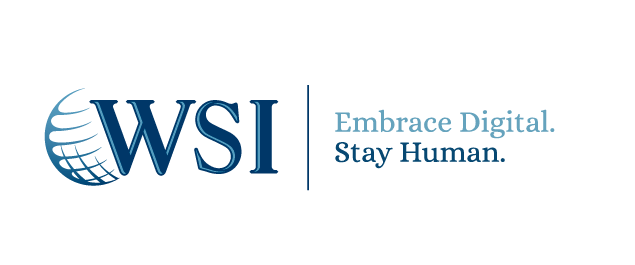Workflow Integration: The Benefits and Getting Started
Workflow integration is the process of linking various systems, tools, and procedures in an organization to establish a smooth and efficient workflow. This includes connecting software apps, databases, communication paths like chats or emails—and even other methods such as shared file folders—to guarantee easy information exchange and coordination of tasks within the set structure.
Workflow integration is essential for smoothly connecting sales and marketing. This integration can unite different systems and tools to automate tasks, simplify processes, and enhance communication. These are some of the benefits of workflow integration:
- Boosted Efficiency: Automating recurring tasks and removing manual handovers can speed up task completion and enhance productivity.
- Better Communication: Enable real-time data sharing and collaboration between team members and departments.
- Reduced Errors: Automating the process of exchanging data and keeping it in sync can help reduce human mistakes and enhance data precision.
- Cost Savings: Optimize workforce allocation and reduce operational costs through automation.
- Increased Visibility: Observe and assess essential performance indicators in the whole workflow for improved decision-making.
- Scalability: Adapt to growth and changes within the organization, supporting efficient scaling of operations.
- Better Customer Experience: Connect front-end and back-end systems to give personalized responses and quicker reply times.
Getting Started with Workflow Integration
Follow these steps to get started with workflow integration:
- Identify Key Processes: Determine which processes need integration for better efficiency and productivity.
- Select the tools: Choose software and tools that can be integrated quickly and align with your business requirements.
- Develop a Plan: Create a detailed plan that lists the steps for integration, along with timelines and needed resources.
- Implement Gradually: Start with small integrations and expand to more complex processes.
- Monitor and Adjust: Monitor and adjust the combined workflows constantly and make necessary changes to maintain optimal performance.
Using CRMs for Workflow Integration
CRMs such as HubSpot offer a wide range of tools for combining sales and marketing workflows. This allows businesses to automate processes, improve communication, and improve customer experiences. By using a CRM like HubSpot, businesses can create customized workflows that are flexible and efficient, boosting their growth.
When sales and marketing are connected through integrated workflows, it is essential for a business's success. Businesses can plan marketing campaigns for different seasons, set clear goals, use digital strategies, and integrate workflows to achieve higher efficiency. This will improve communication and give customers a better experience. You can contact WSI for help in using these methods and unlocking your business's full power.
About the Author
Part of the Marketing & Communications team at the WSI Home Office, Cecilia also heads up WSI’s Google Alliance Group.
The Best Digital Marketing Insight and Advice
Subscribe Blog
For information on our privacy practices and commitment to protecting your privacy, check out our Privacy Policy and Cookie Policy.





